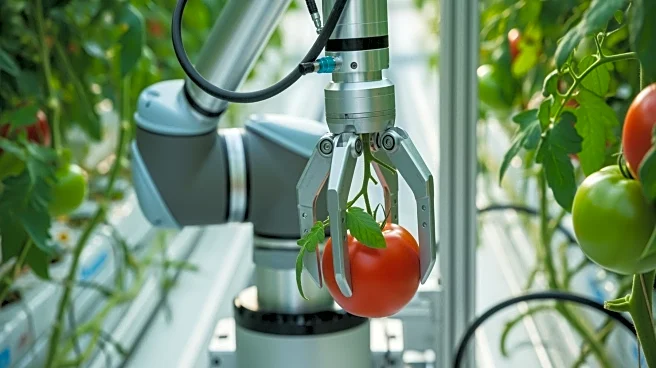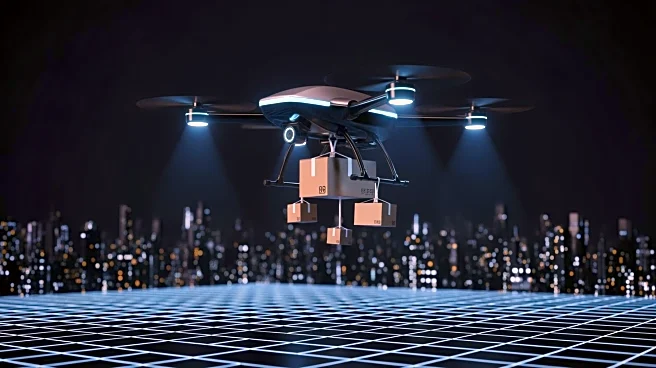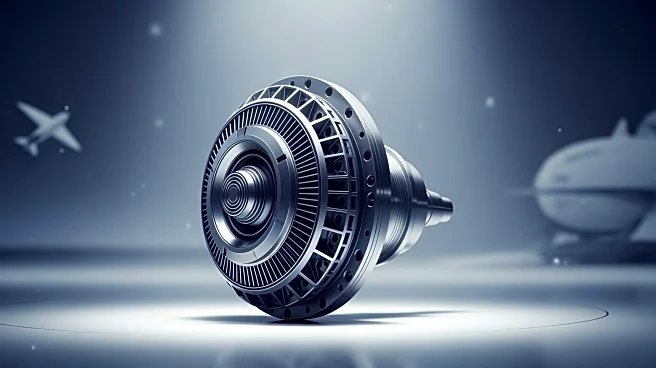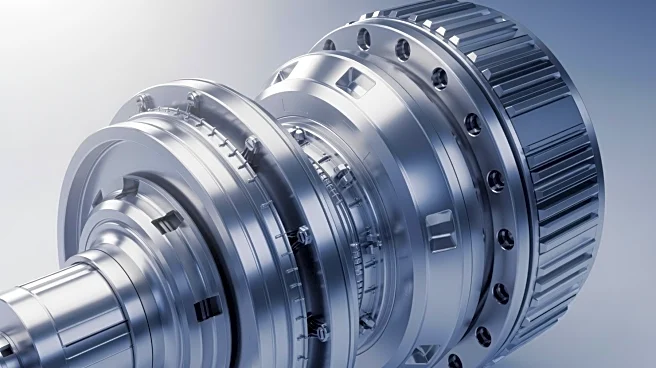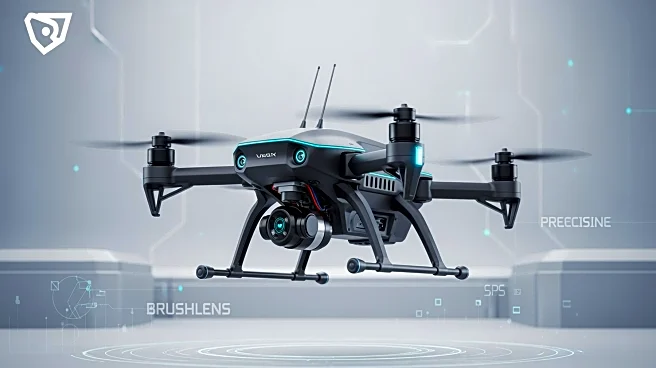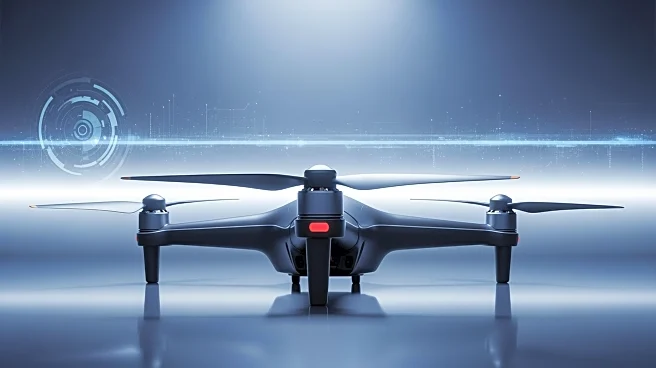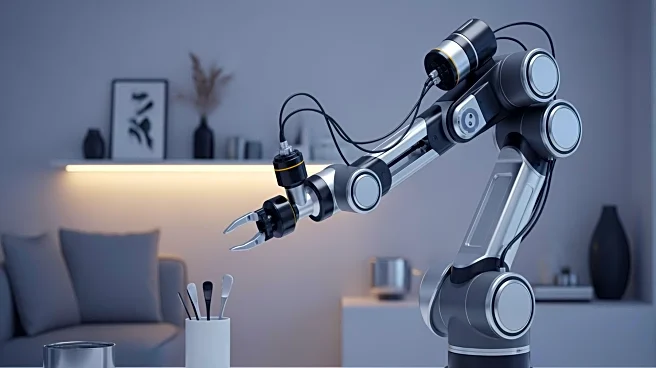What's Happening?
Volz Servos has unveiled the DA 26-D redundant actuator, designed to provide high reliability for critical control systems in aerospace and unmanned platforms. The actuator features a dual-channel architecture, allowing continuous operation even if one
channel fails. This redundancy extends to all primary subsystems, including electric motors, control electronics, and power supply circuits. The actuator employs a three-channel position sensing system with a two-out-of-three voting principle to ensure positional accuracy and fault tolerance. Integrated diagnostics continuously monitor supply voltage, current consumption, and internal temperature, with system status accessible via a redundant RS-485 communication interface.
Why It's Important?
The introduction of the DA 26-D actuator is significant for industries relying on unmanned systems and aerospace platforms, where reliability and fault resilience are crucial. By ensuring continuous operation and providing robust fault tolerance, this actuator can enhance the safety and effectiveness of critical systems. This development is particularly relevant for sectors such as defense, aviation, and robotics, where system failures can have severe consequences. The actuator's advanced diagnostics and redundant architecture may lead to increased adoption in applications requiring high reliability.
What's Next?
As Volz Servos continues to innovate in actuator technology, the DA 26-D may see increased integration into new aerospace and unmanned systems projects. Companies in these sectors might explore partnerships with Volz Servos to leverage this technology for enhanced system reliability. Additionally, ongoing advancements in actuator technology could lead to further improvements in fault tolerance and operational diagnostics, potentially setting new industry standards for reliability in critical systems.
Beyond the Headlines
The development of redundant actuators like the DA 26-D highlights the growing emphasis on safety and reliability in aerospace and unmanned systems. This trend may drive further research into redundancy and fault tolerance technologies, influencing design philosophies across various engineering disciplines. The actuator's architecture could also inspire innovations in other fields, such as automotive and industrial automation, where system reliability is paramount.


